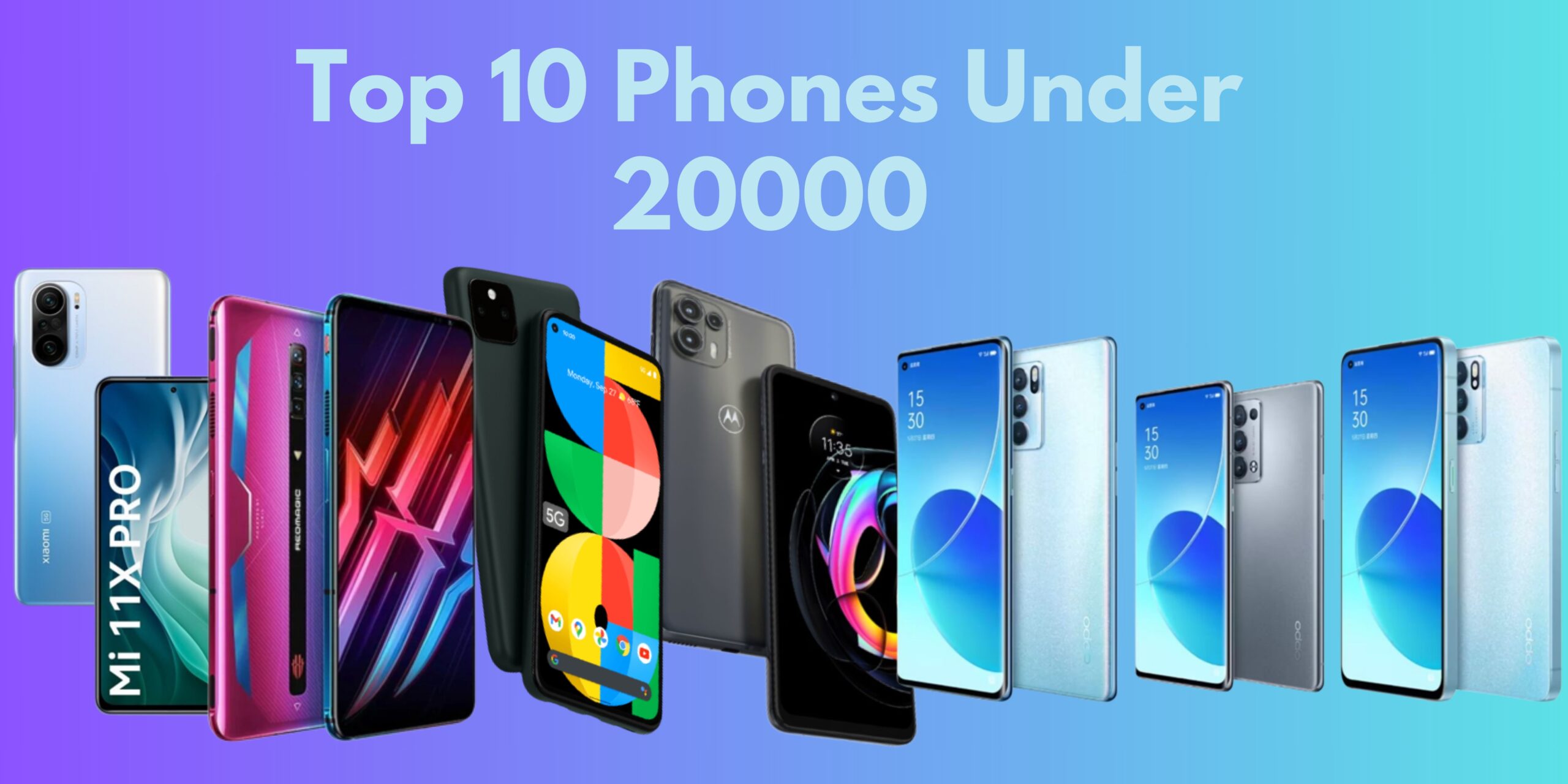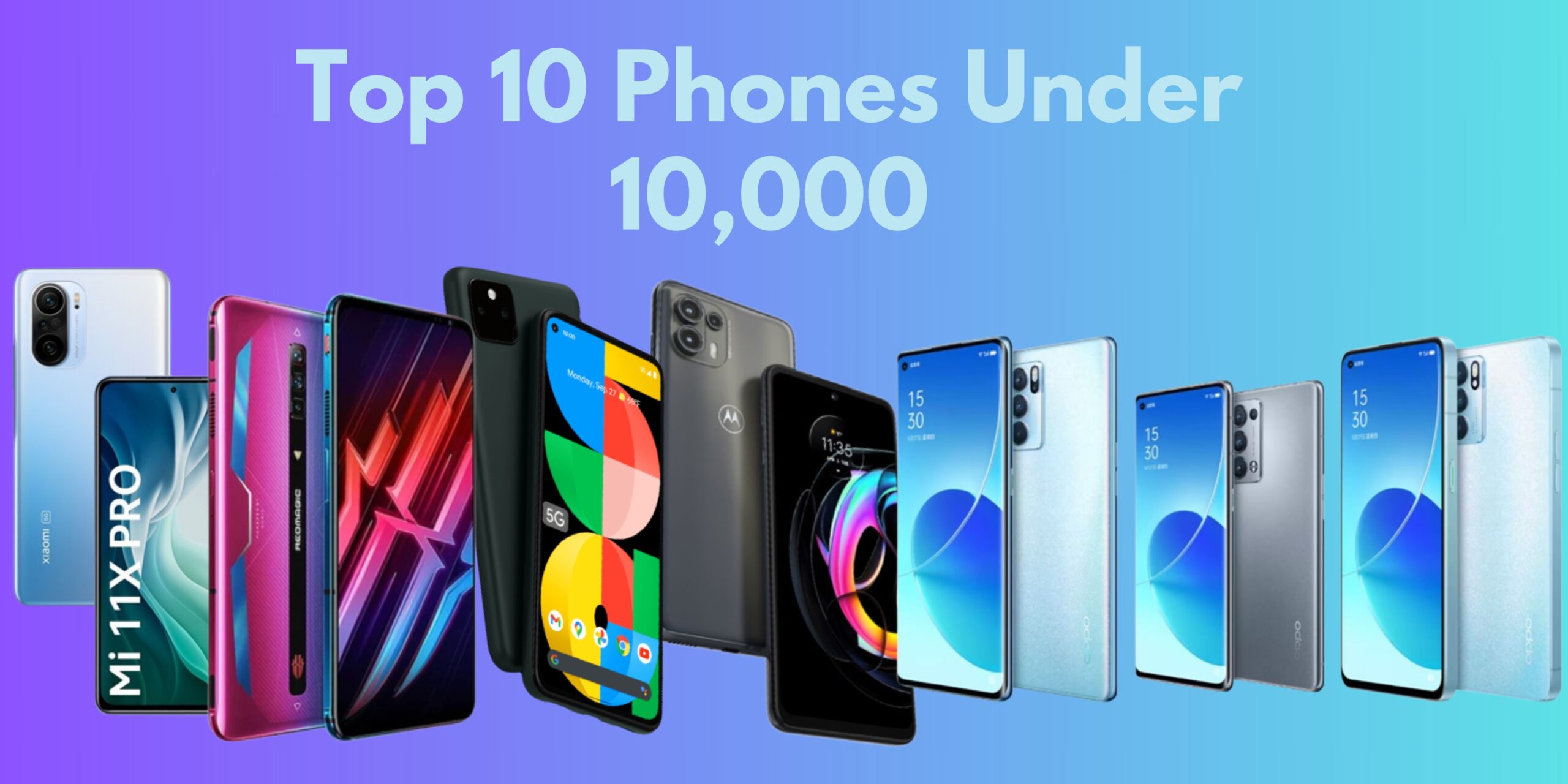The Integration of 5G and Edge Computing
In the realm of connectivity and computing, the integration of 5G and edge computing represents a technological synergy that holds the potential to redefine the way we experience and interact with the digital world. This article explores the transformative power of combining 5G networks with edge computing capabilities and the myriad possibilities it unlocks for industries, businesses, and everyday users.
1. Faster, Low-Latency Connectivity: Unleashing the Power of 5G
At the heart of this integration is the fifth generation of wireless technology, 5G. Renowned for its remarkable speed and low latency, 5G enables data transfers at unprecedented rates. This high-speed connectivity empowers users to stream high-definition content, engage in real-time communication, and access bandwidth-intensive applications seamlessly.
2. Edge Computing: Redefining Processing Proximity
On the other side of the equation is edge computing, a paradigm shift in data processing. Unlike traditional cloud computing, which centralizes data processing in distant servers, edge computing brings processing capabilities closer to the data source. This decentralization reduces latency, enhances efficiency, and allows for faster decision-making by processing data at the edge of the network.
3. Enhancing Real-Time Experiences: From Gaming to Augmented Reality
The integration of 5G and edge computing revolutionizes real-time experiences. In gaming, for instance, the combination ensures low-latency responsiveness, enabling gamers to enjoy immersive, lag-free experiences. Similarly, augmented reality (AR) applications benefit from instantaneous data processing at the edge, creating seamless and lifelike overlays on the physical world.
4. IoT Revolution: Powering the Internet of Things
The Internet of Things (IoT) thrives on connectivity and real-time data processing. The integration of 5G and edge computing amplifies the capabilities of IoT devices. From smart cities to industrial applications, this synergy facilitates rapid data analysis and decision-making, making IoT deployments more efficient, responsive, and scalable.
5. Autonomous Vehicles: Navigating with Precision
Autonomous vehicles depend on split-second decision-making and ultra-responsive connectivity. The integration of 5G and edge computing ensures that these vehicles can process data at the edge, reducing communication delays. This is paramount for ensuring the safety and precision required for autonomous navigation on the roads.
6. Edge AI: Empowering Intelligent Applications
The marriage of edge computing and 5G fuels the advancement of Edge AI, where artificial intelligence algorithms are deployed at the network’s edge. This not only enhances the speed of AI processing but also reduces the need to transmit massive amounts of data to central servers. Applications such as real-time image recognition and natural language processing benefit from this accelerated processing at the edge.
7. Efficient Bandwidth Usage: Optimal Network Utilization
5G’s high bandwidth meets edge computing’s local processing to optimize network utilization. Instead of sending massive datasets to centralized servers, edge devices process and filter data locally, reducing the strain on the network. This results in more efficient bandwidth usage and contributes to a more resilient and responsive network infrastructure.
8. Edge Security: Safeguarding Data Locally
Security is a critical aspect of the digital landscape, and the integration of 5G and edge computing addresses this concern. By processing data locally at the edge, sensitive information can be safeguarded more effectively. This approach minimizes the risks associated with transmitting sensitive data over long distances, enhancing the overall security posture of connected systems.
9. Scalability and Flexibility: Meeting Growing Demands
The combined power of 5G and edge computing offers scalability and flexibility to meet the growing demands of an increasingly connected world. As the number of devices and applications continues to surge, this integration ensures that networks can adapt and scale dynamically to accommodate the evolving digital landscape.
10. Industry Transformation: Catalyst for Innovation
Industries ranging from healthcare and manufacturing to entertainment and agriculture stand to be transformed by the integration of 5G and edge computing. Innovations in remote healthcare, smart factories, immersive entertainment, and precision agriculture exemplify the potential for this synergy to drive unprecedented advancements across diverse sectors.
A Convergence of Possibilities
The integration of 5G and edge computing represents a convergence of possibilities that transcends the limitations of traditional networking and computing models. As this synergy continues to unfold, it not only enhances our current digital experiences but also paves the way for transformative applications and services that were once deemed futuristic. The journey towards a fully connected, intelligent, and responsive digital ecosystem is propelled by the symbiotic relationship between 5G and edge computing, promising a future where the boundaries of connectivity and computing are continually pushed to new horizons.


